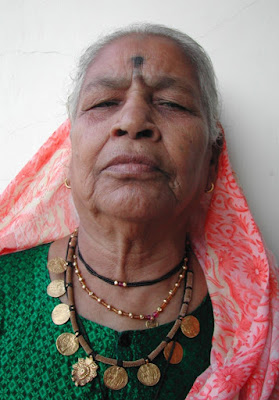The Venetian Ducats were gold and silver coins that gained international acceptance for trade between Europe and Asia from the 14th century AD to the 18th century AD. Venice was an independent state and by the 13th century had the control of trade throughout the Mediterranean.
The design of the gold Venetian ducat remained unchanged for 700 years, from its introduction in 1284 AD to the Napoleon takeover in 1797. No other coin design was struck over such a long period. The popularity of the ducats soon spread to the Middle East, India, Egypt and Africa. The specification of the coin was the same, 3.5 gm of 0.986 gold with a 21mm diameter.
The trade routes to India passed through the Ottoman Empire via Constantinople or through Egypt via Alexandria. Traders used the ports of Western and Southern India in places such as Muziris in Kerala and Madurai in Tamil Nadu. The Venetian ducats were in great demand in medieval Kerela. The Indian rulers purchased these coins as gifts for priests and scholars. As these coins bore the figure of St Mark, they were regarded sacred objects by the Syrian Christians of Kerela. Many ladies wore necklaces made of Venetian coins.
Venetian gold coins are found from many places in India. In 1981, the Directorate of Archaeology & Museums in Karnataka obtained a hoard containing 39 Venetian Ducats from 1339 AD to 1423 AD.
Because of its consistency and recognition, the ducats were used in jewellery. The ducats were called ''Putali'' or ''Potli''. The local imitations later had images of Radha and Krishna or Ram and Sita/Lakshman. in Mangalore and Malabar. Many ducats are found with holes or have extensions through which they were strung. In South India, putalis are called sanar kasu.
The traditional use of Putalis is still practiced in Maharashtra specially in Nashik.






No comments:
Post a Comment
Any inputs or feedback is welcome!